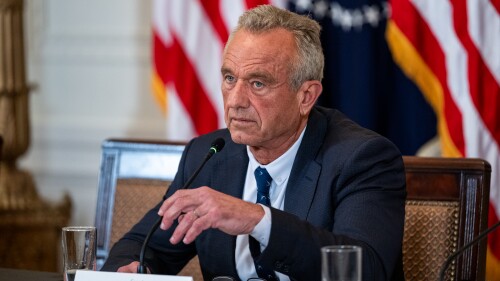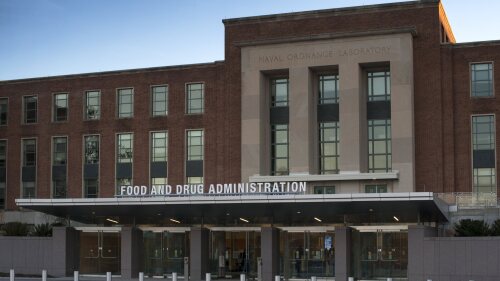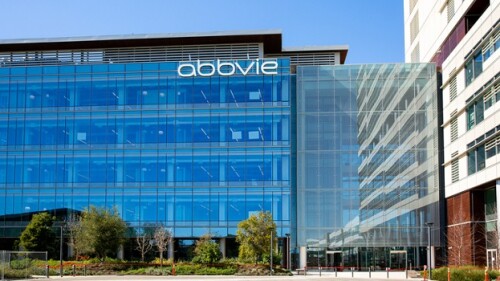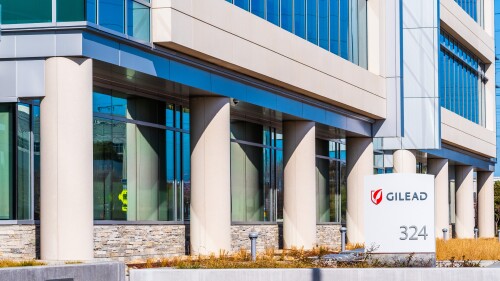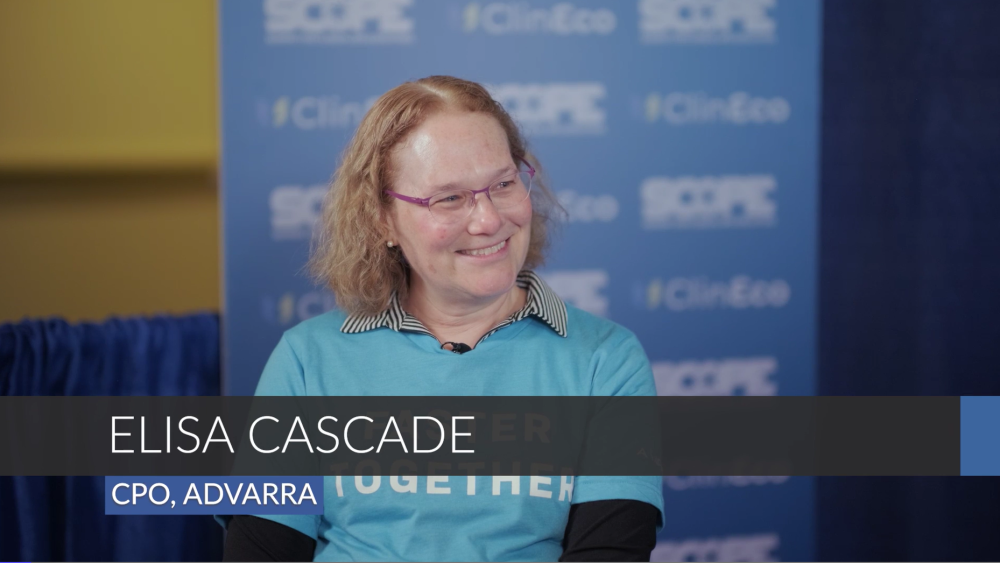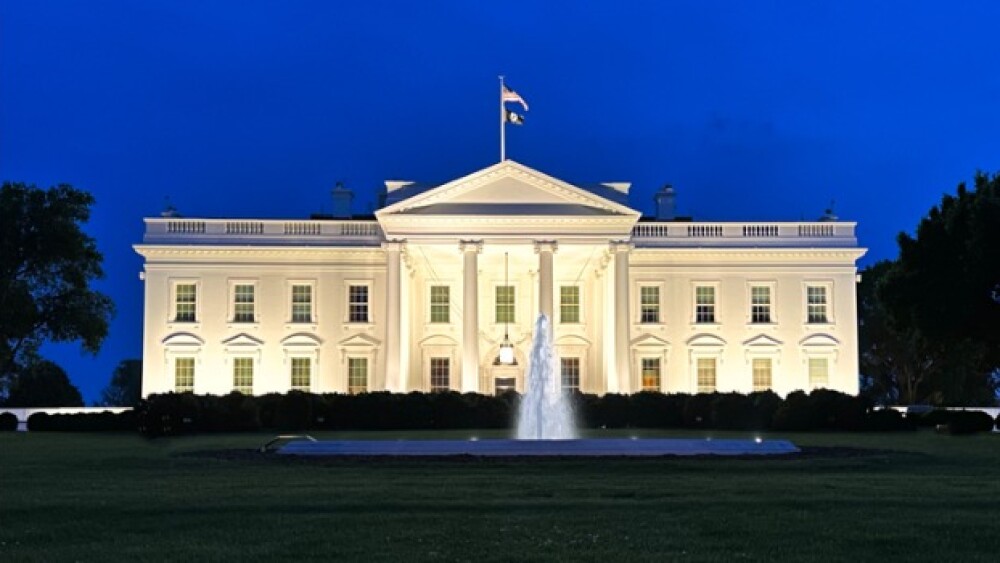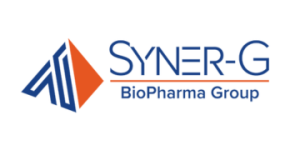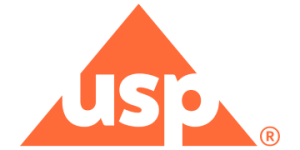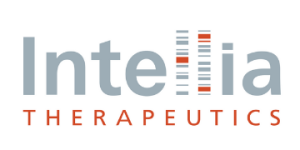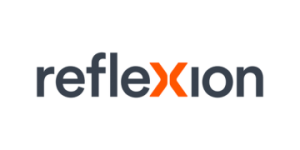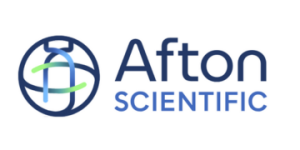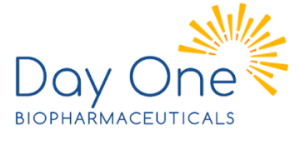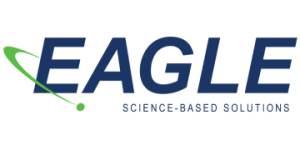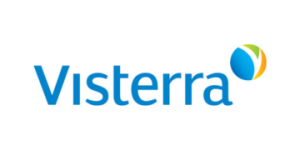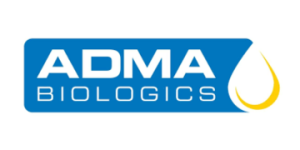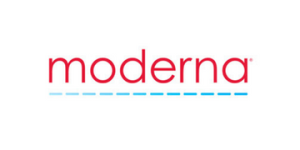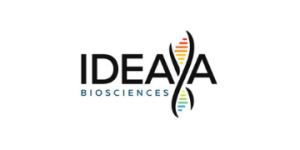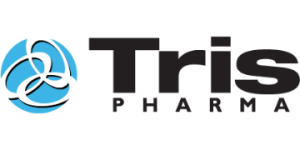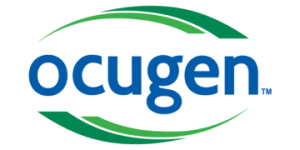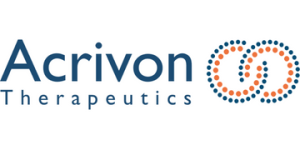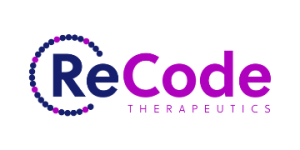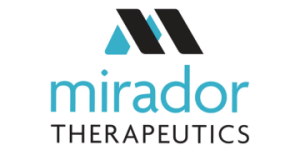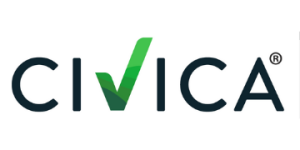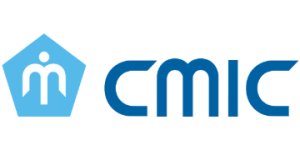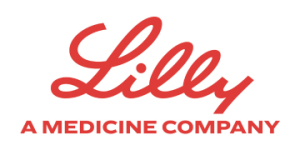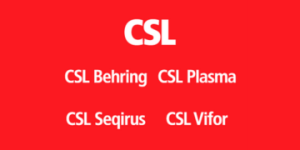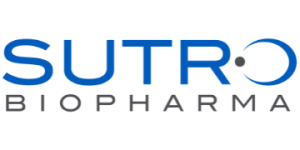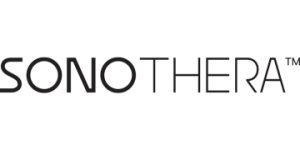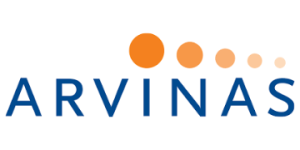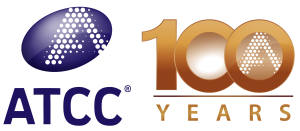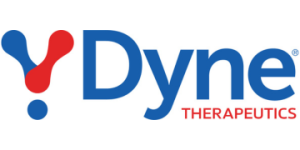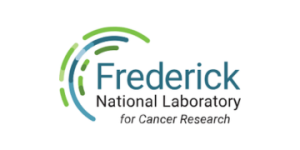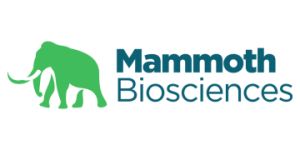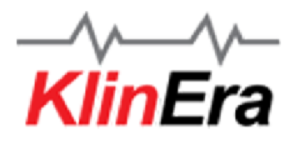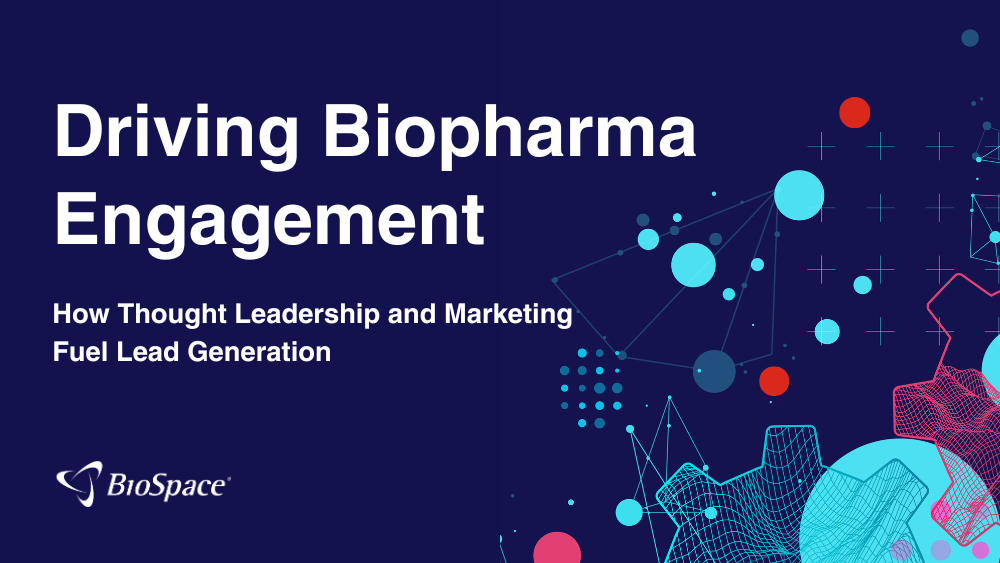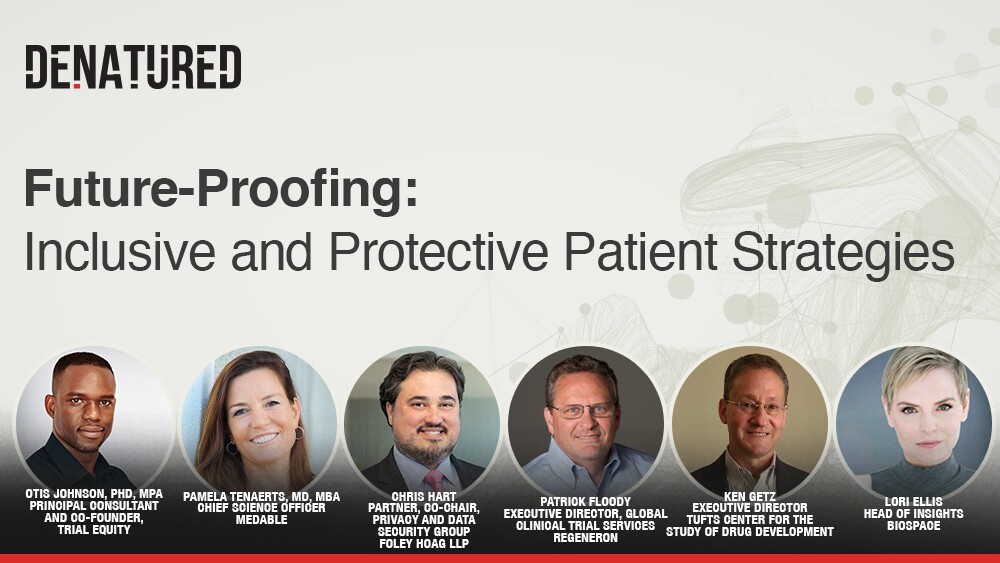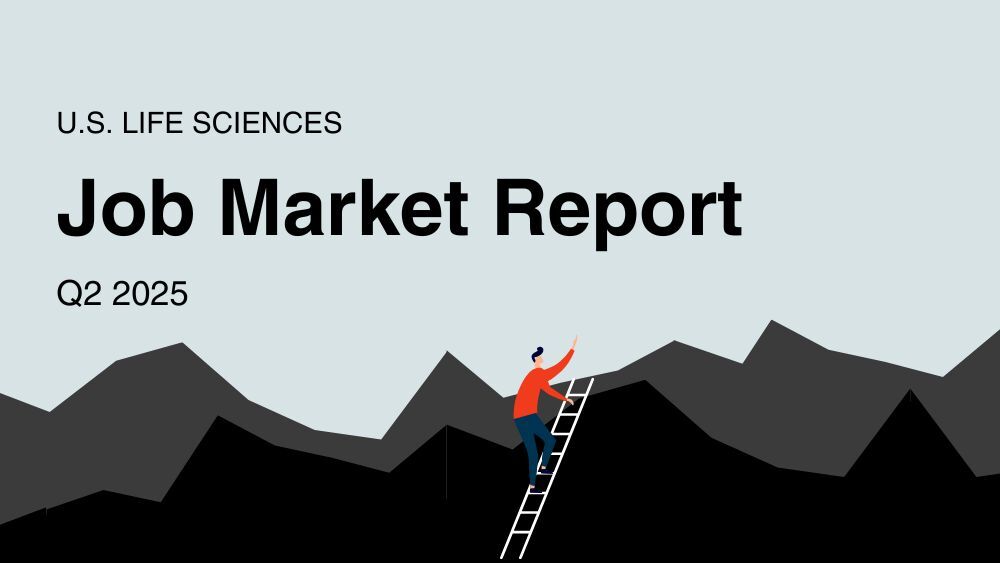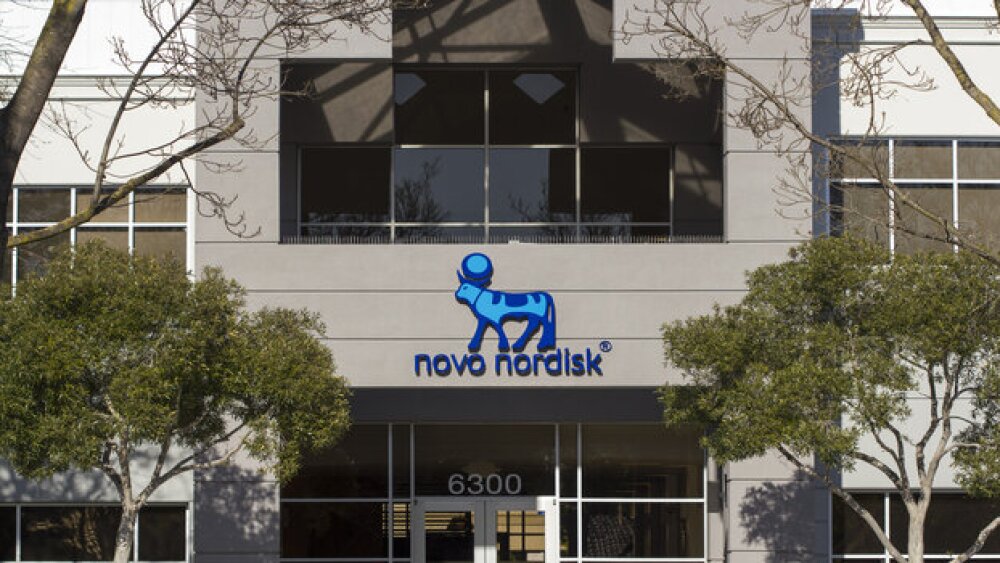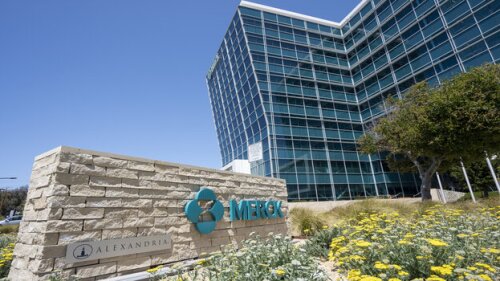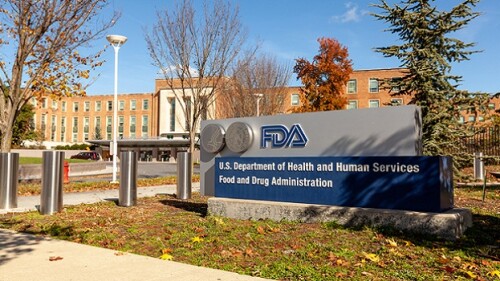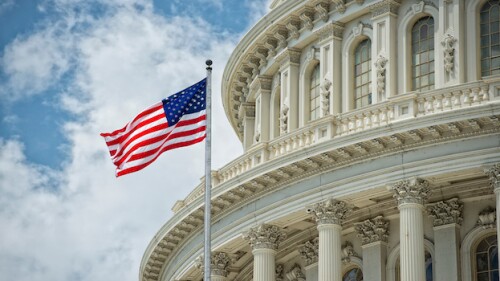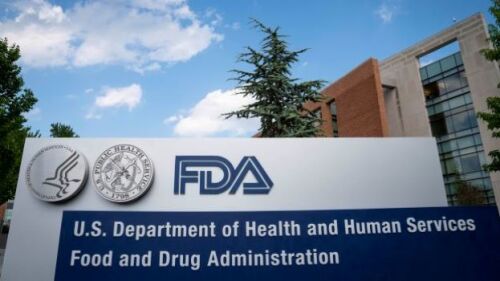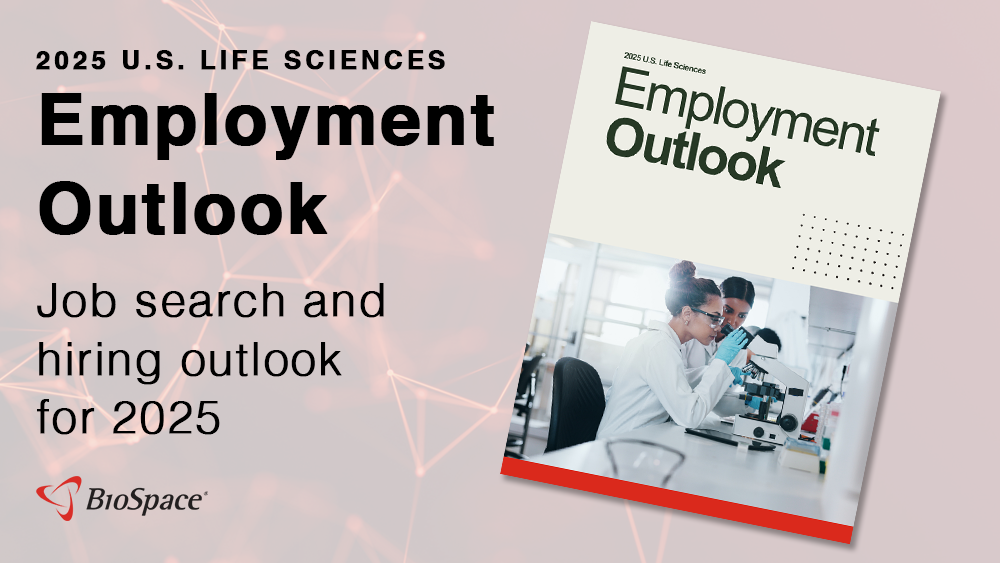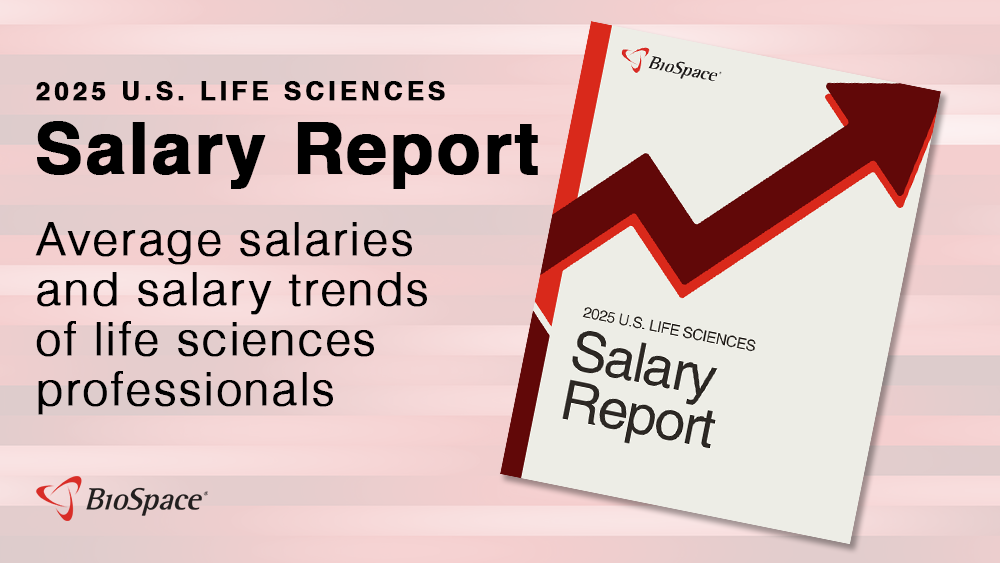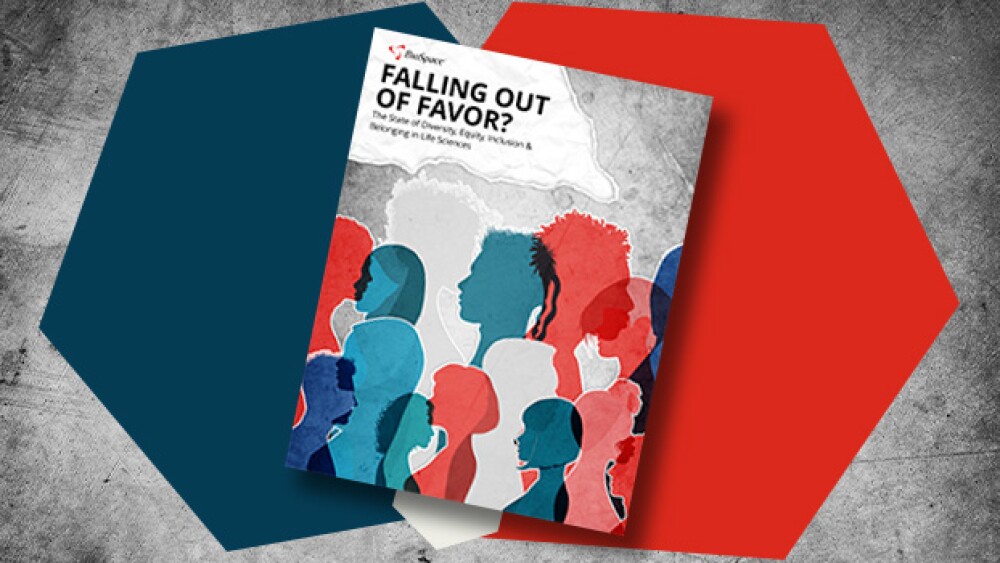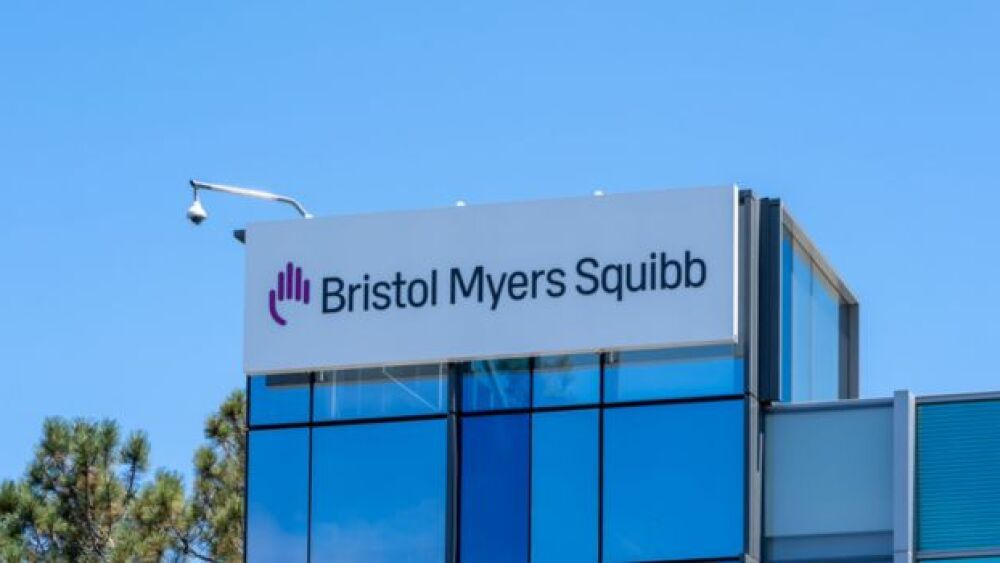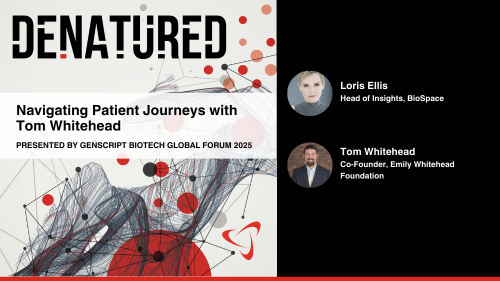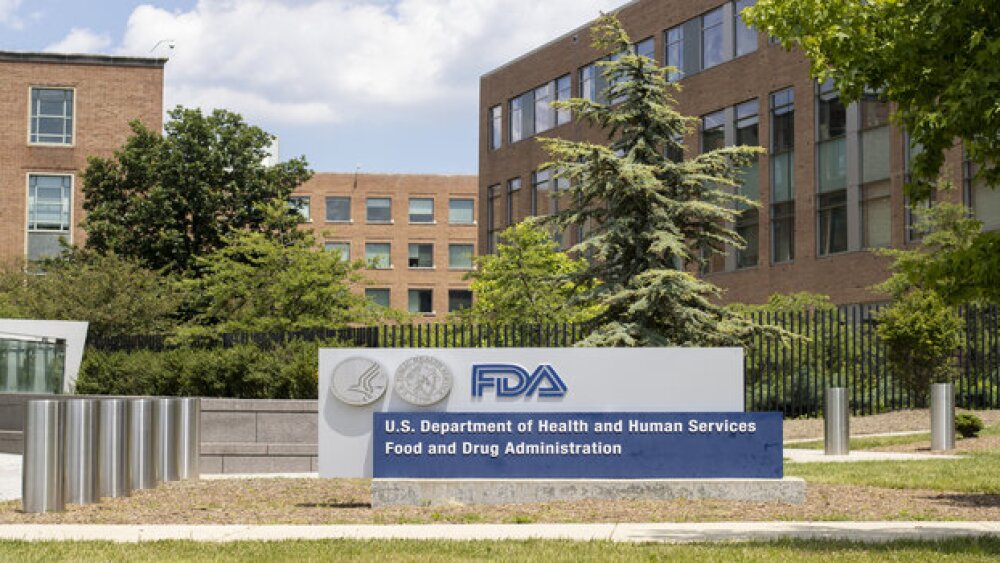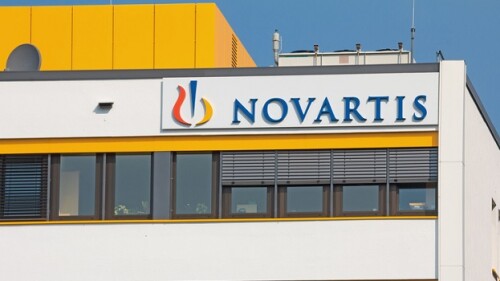The trove of more than 200 letters is part of a pledge of transparency from the agency, with the intention to increase public insight into the reasons new drug and biologics applications got rejected.
In this episode presented by Eclipsebio, BioSpace’s head of insights Lori Ellis discusses mRNA and srRNA with Andy Geall of Replicate Bioscience and Alliance for mRNA Medicines, and Pad Chivukula of Arcturus Therapeutics.
The deal, which involves a $700 million upfront payment, gives AbbVie access to ISB 2001, a clinical-stage first-in-class trispecific antibody currently being tested for certain kinds of multiple myeloma as well as autoimmune indications.
Partners Ultragenyx and Mereo BioPharma saw their stocks drop by 21% and 30%, respectively, after announcing that the Phase II/III study of their osteogenesis imperfecta candidate will proceed to final analysis, implying it did not show sufficiently strong results at an interim analysis.
The move has sparked concern that the U.S. Preventive Services Task Force could soon be dismissed after a decision by the high court affirmed Health Secretary Robert F. Kennedy Jr.'s power to remove its members at will.
The Global Fund to Fight AIDS, Tuberculosis and Malaria will work with Gilead and other private backers to ensure the HIV preventive Yeztugo, approved last month by the FDA, is available in low- and middle-income countries, concurrent with high-income nations.
FEATURED STORIES
Morale is low at the FDA, which was hit with layoffs this week following RFK Jr.’s confirmation. Biopharma leaders and agency insiders fear further workforce cuts could delay new medicines.
2023 marked the most bankruptcies in biopharma in more than a decade, with 14 companies filing for Chapter 11 protection. The number remained high in 2024.
A cautionary tale illustrates how forging a deal with a Big Pharma can have unexpected and far-reaching tax consequences.
Elisa Cascade, CPO at Advarra explains why addressing the challenges faced by clinical research sites is vital for improving patient trust and the overall viability of clinical trials.
COUR Pharmaceuticals has been around a while, but not until last year did the company solidify behind its ultimate mission with a series A raise.
The hammer came down on an unspecified number of FDA employees this weekend, days after Robert F. Kennedy Jr. was confirmed as HHS Secretary.
FROM BIOSPACE INSIGHTS
Establishing trust through thought leadership is no longer optional in today’s cautious biopharma market. Learn how strategic insights and targeted outreach can turn awareness into high-converting leads.
LATEST PODCASTS
In this episode, the third and final conversation of our mini-series on diversity in clinical trials, Lori and guests discuss framing strategies designed to protect DEI initiatives from legal challenges.
Well-financed startup Tome is winding down operations just as two new companies, Borealis Biosciences and GondolaBio, are launching. Meanwhile, in the midst of already tense relations with China, House lawmakers raise the alarm about U.S. companies working with the country’s military on trials.
Last week, the Biden administration revealed the first drug prices negotiated under the Inflation Reduction Act; Lykos, Grail and others make substantial staffing cuts, and Pfizer/BioNTech see mixed results for their COVID/flu vaccine.
Job Trends
Poseida Therapeutics, Inc. announced that its virtual Annual Meeting of Stockholders will be held on Monday, June 17, 2024 at 1:00 p.m. PT.
Subscribe to Genepool
Subscribe to BioSpace’s flagship publication including top headlines, special editions and life sciences’ most important breaking news
SPECIAL EDITIONS
BioSpace data show biopharma professionals faced increased competition for fewer employment opportunities during the second quarter of 2025, with increased pressure from further layoffs.
BioSpace did a deep dive into executive pay, examining the highest compensation packages, pay ratios and golden parachutes—what a CEO would get paid to leave.
A new generation of checkpoint inhibitors is emerging, with some showing more promise than others. From recent TIGIT failures to high-potential targets like VEGF, BioSpace explores what’s on the horizon in immuno-oncology.
DEALS
-
Pfizer’s sudden market withdrawal of sickle cell therapy Oxbryta, which some analysts predicted would reach $750 million in sales by the end of the decade, has left patients and healthcare providers with few options, while investors question the pharma giant’s dealmaking prowess.
-
ARCH Venture Partners is the latest venture capital firm to raise a multi-billion-dollar fund. The cash will be used to support new startups working with AI.
-
Novo Nordisk and Eli Lilly are expected to rule the obesity market for a few more years without much challenge. To ensure they stay there as competition enters, the companies are spending billions in licensing and M&A deals.
-
Flagship Pioneering–backed Generate:Biomedicines has signed its second major Big Pharma partnership, bringing in $65 million upfront to use its AI platform to discover novel protein drug candidates.
-
The drop in interest rate is slightly bigger than anticipated and good news for the biotech industry, but little will change in the near term.
WEIGHT LOSS
-
Following an appeal by the Danish Medicines Agency, the European Union’s drug regulator will review two new studies that have strengthened the link between Novo Nordisk’s blockbuster GLP-1 and a rare eye disease.
-
Suddenly the hottest thing in biopharma isn’t a new indication, disease target or modality—it’s manufacturing, and all of pharma is going to be vying for capacity and talent.
-
The Hansoh deal will let Merck compete in the crowded oral GLP-1 space alongside fellow pharma giants Eli Lilly, Novo Nordisk and Roche.
-
The letters come amid the Outsourcing Facilities Association’s ongoing lawsuit against the FDA over the regulator’s decision to end the shortage for tirzepatide.
-
Now that they’ve received the go-signal from both U.S. and EU anti-trust regulators, Novo Holdings and Catalent expect to wrap up their deal in the coming days.
POLICY
-
According to analysts at Jefferies, legislation such as the newly proposed bills that aim to streamline regulatory processes would be a positive for the biotech industry.
-
Biotech companies are already seeing regulatory delays and plenty of uncertainty after around 3,500 FDA employees were cut by the Trump administration.
-
Pharma stocks went on a wild ride Wednesday amid whiplashing tariff threats from the U.S. president.
-
Experts express concern that last week’s unprecedented FDA layoffs will trigger a little-known mechanism that could result in a “disaster” the Trump administration doesn’t see coming.
-
The Fourth Circuit’s ruling follows a Supreme Court verdict that also allowed the Trump administration to move forward with its mass layoffs at federal agencies.
The best thing a professional can do when considering a position at the FDA is weigh the pros and cons. To help, we’ve created a guide to working at the FDA, with benefits, challenges and tips.
The life science field offers a wealth of opportunities, even for those working outside of the field. Here are six life science jobs that don’t require industry experience.
With so many differences in research and regulation, it’s more important now than ever for job seekers considering moving outside of the U.S. to educate themselves before they make the leap.
To help you in your job search, here are just a few of the remote job options in the life science industry, along with the qualifications and skills necessary to be successful in each role.
When vetting the qualities of potential candidates at a career fair, listen to and take interest in the unique lived experiences of each job seeker you meet, as well as their skills and qualifications.
Job descriptions are the candidate’s first impression of a company. And if that introduction includes exclusionary language, they’re less likely to apply even if they are the perfect fit for the job.
HOTBEDS
REPORTS
In this Employment Outlook report, BioSpace explores current workforce sentiment, job activity trends and the prospective job and hiring outlook for 2025, particularly as it compares to the previous year.
BioSpace’s third report on diversity, equity, inclusion and belonging in life sciences examines dramatic shifts in attitude around diversity initiatives.
CANCER
-
The failure in adjuvant melanoma could cause BMS and Opdualag to miss out on a market opportunity that is nearly twice as large as its current approved indication, according to analysts.
-
Amgen will continue to advance half of the combo, PRMT5 inhibitor AMG 193, for which it is running a mid-stage trial in MTAP-null advanced non-small cell lung cancer.
-
In this episode, presented by the Genscript Biotech Global Forum 2025, BioSpace’s Head of Insights Lori Ellis and Tom Whitehead continue to discuss the patient and caregiver experience, where Tom gives his insights to the future of CGTs.
-
Leaked data showed that Pfizer’s mevrometostat has strong therapeutic potential in metastatic castration-resistant prostate cancer, while recent readouts also position the pharma as a strong contender in colorectal cancer and bladder cancer.
-
The pharma giant inked its third T cell engager deal of 2025 Wednesday—this time with Xilio Therapeutics for tumor-activated immunotherapies.
NEUROSCIENCE
-
Among the FDA’s pending decisions for this quarter are Vertex’s non-opioid pain drug and Sanofi’s RNA interference therapy for hemophilia A and B.
-
With two earlier trials meeting their primary endpoints, Axsome claimed it has the data to support a filing for FDA approval in the second half of 2025.
-
In a highly anticipated readout for the kappa opioid receptor class in major depressive disorder, Neumora’s navacaprant failed to meet the primary and key secondary endpoint in the first of three identical Phase III studies.
-
This year saw lofty highs and devastating lows for neuroscience drug developers like Bristol Myers Squibb, Eli Lilly and AbbVie, following the predictable pattern of successes and failures that characterizes this space.
-
Already established as cornerstone therapies in diabetes and obesity, GLP-1 receptor agonists also show potential in several other indications, including cancer, addiction and neurodegenerative diseases.
CELL AND GENE THERAPY
-
Despite the death, the FDA has allowed Neurogene to forge ahead with the Phase I/II Rett syndrome trial, but using only the lower 1E15 vg dose of its investigational gene therapy NGN-401.
-
Novartis’ up to $1.1 billion acquisition of gene therapy specialist Kate Therapeutics fits with the pharma’s plan to expand its new modality pipeline to ensure long-term business sustainability.
-
Investigational CAR T therapies stole the spotlight at the American College of Rheumatology Convergence as data presented by Bristol Myers Squibb, Kyverna Therapeutics and more highlighted their potential to effectively treat lupus.
-
After failing to receive the RMAT designation from the FDA for its early-stage Batten disease gene therapy, Neurogene tells investors that it’s evaluating options for the program.
-
Regenxbio is pushing its Duchenne muscular dystrophy gene therapy into pivotal development, with a BLA planned for 2026—potentially posing a threat to Sarepta’s Elevidys.



